Do peaches prevent ageing?
A peach a day does indeed help stave off aging. It has an abundance of vitamin C, which helps to maintain a healthy immune system and eliminate dead skin cells.
Twenty different peach cultivars' kernels were tested for antioxidant activity. It was discovered that the most common cyanogenic glycoside was prunesin. Antioxidative activity was highest in the kernels of early-maturing cultivars 'Kijowska wczesna', 'Harbringer', and 'Spring time'.
Vitamin C
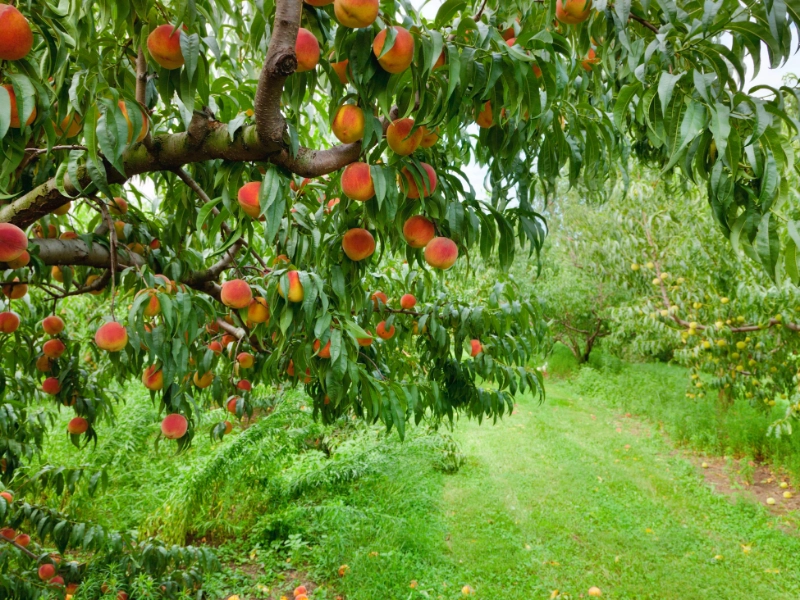
Peaches are a fantastic source of fibre, potassium, and vitamin C, in addition to other nutrients. Vitamin C content in just one cup of diced peaches is 11.1 mg, or 12–15% of the recommended daily amount (RDA). The antioxidant vitamin C can reduce your risk of cancer by preventing free radicals from destroying cells. It might also lessen the rate at which skin lesions that are not malignant become malignant.
In addition to keeping your skin strong and smooth, vitamin C aids in the formation and maintenance of healthy collagen in your body. It can also aid in wound healing and the development of infection resistance. Peaches include vitamin C and other antioxidants that can help lower your risk of heart disease. Pease's phenolic compounds have anti-inflammatory properties, and their potassium content lowers blood pressure and maintains the health of your cardiovascular system. Peaches' dietary fibre also lowers blood pressure.
Antioxidants
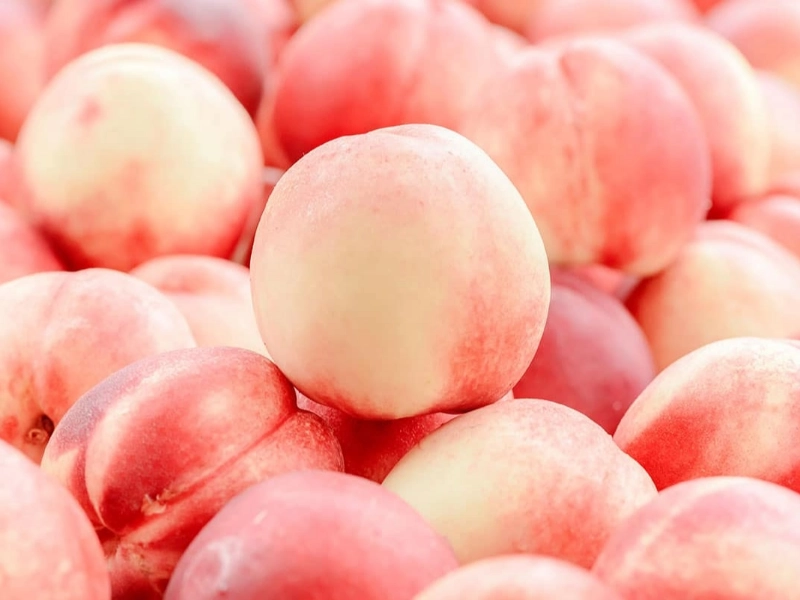
Antioxidants, which are essential for preserving healthy cells and removing free radicals, are abundant in peaches. It is also a good source of potassium and fiber. They have few calories as well, which might support you in maintaining a healthy weight.
According to a study, eating peaches can help avoid cardiovascular disease. This is a result of the substances they contain, which lessen oxidative stress and bad cholesterol. They also include potassium and flavonoids, which can guard against heart disease and high blood pressure.
Because vitamin C increases the generation of white blood cells and enhances their capacity to eradicate infections, it also aids in maintaining the health of your immune system. Furthermore, because it includes lutein and zeaxanthin, which may help lower the risk of age-related macular degeneration, it is a necessary nutrient for eye health. These phytonutrients assist in preventing blue light, which can deteriorate eyesight, from entering the retina. Furthermore, zeaxanthin and lutein aid in preventing UV radiation damage.
Anti-inflammatory
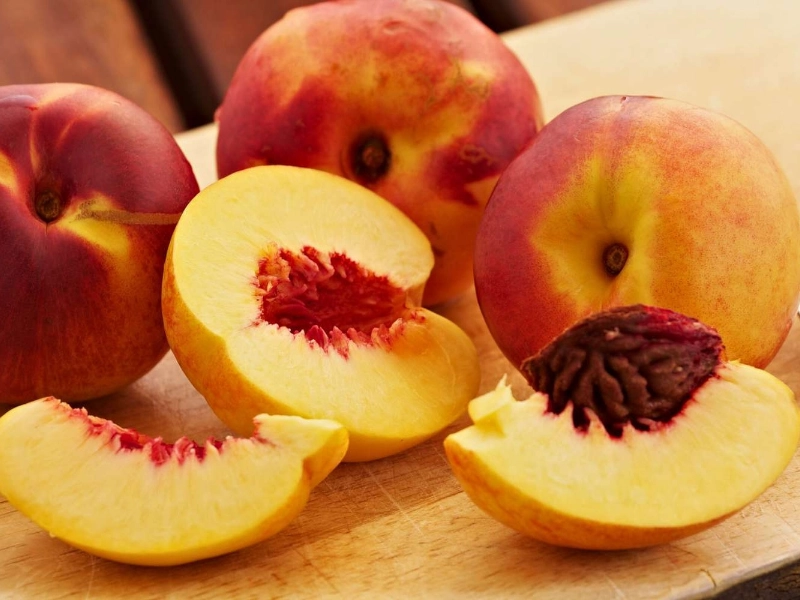
Peaches are rich in lutein and lycopene, two types of antioxidants. These nutrients may be useful in preventing cataracts and macular degeneration. Additionally, they contain potassium, an electrolyte that aids in controlling blood pressure and heart rate.
Studies have indicated that the phenolic chemicals found in peaches have anti-inflammatory characteristics. These substances are called flavan-3-ols, and the molecules (+)-catechin and ()-epicatechin are among them. Apart from their anti-inflammatory characteristics, these substances have also demonstrated the ability to lower blood levels of triglycerides and cholesterol.
11% of your daily need for vitamin C is found in a medium-sized peach. This vitamin aids in wound healing, maintains a robust immune system, and eliminates free radicals, which can harm cells and cause illness. Vitamin C also possesses antioxidant qualities that combat oxidative damage on several fronts.
Anti-aging
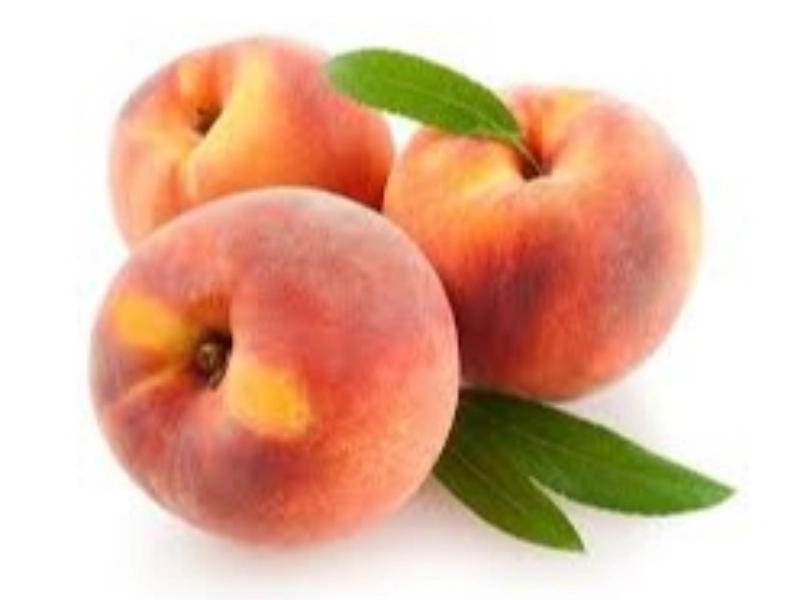
Peaches' strong vitamin C content aids in shedding dead skin cells and leaves your complexion looking radiant. Additionally, this vitamin guards against UV radiation and encourages a quicker recovery from sun damage.
Eating peaches can help maintain the health of your eyes since they include the antioxidants zeaxanthin and lutein. These compounds work to lower the risk of cataracts, glaucoma, and macular degeneration.
Analysis of kernel extracts from 20 cultivars using liquid chromatography photodiode array quadrupole time-of-flight mass spectrometry (LC-MS/QToF) revealed a strong correlation between the antioxidative potential of the kernels and their levels of total flavonols and flavonoids, hydroxycinnamic acids, carotenoids, and cyanogenic glycosides. It was discovered that the health-promoting activity of kernels from early-maturing cultivars, such as "Kijowska Wczesna," "Harbringer," "Spring Time," and "Dixired," is several times higher than that of kernels from late-maturing cultivars. Furthermore, compared to late-maturing cultivars, they exhibit stronger inhibitory activity against a-glucosidase, a-amylase, butyrylcholinesterase, and acetycholinesterase.
Stay Updated
Actionable growth insights, once a week. No fluff, no spam—unsubscribe anytime.
You May Like

Is Tomato OK For Diabetes?
07/09/2025

And how can I make my hamster content?
08/04/2025

Do Bananas and Peaches Have More Sugar Than Bananas?
06/21/2025
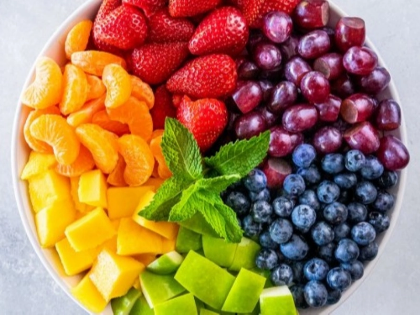
Which Fruit Has No Sugar?
08/21/2025
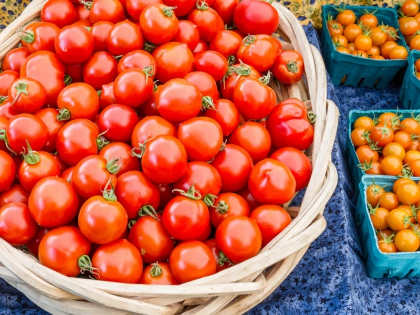
Which Part of a Tomato is Best For You?
06/06/2025
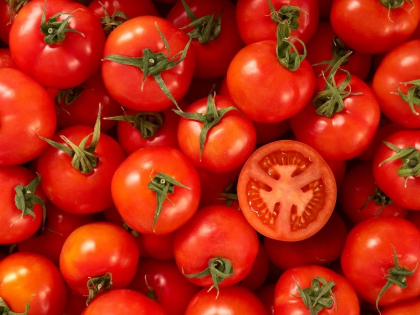
Are Tomatoes Good For Your Liver?
06/17/2025

Do Hamster Bite Wounds Hurt?
08/01/2025
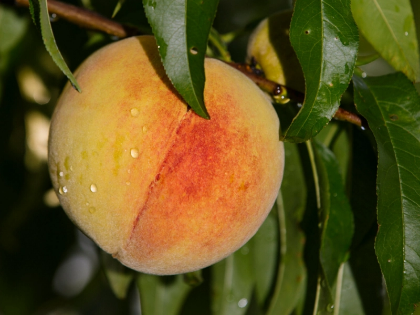
Are Peaches a Superfood?
07/14/2025

Is keeping a hamster in your bedroom safe?
08/08/2025
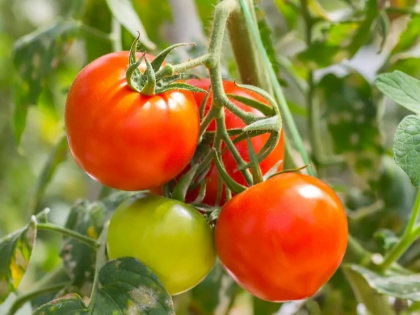
Do you get energy from tomatoes?
08/18/2025
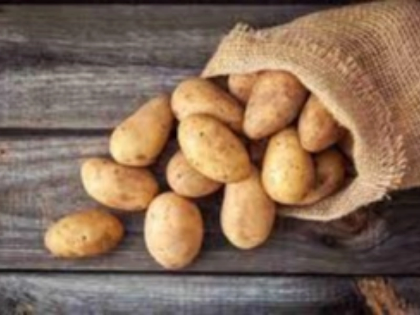
Do potatoes help with joint pain?
06/27/2025
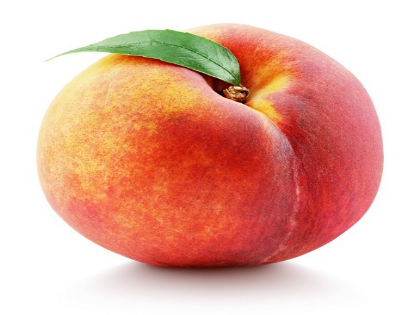
Are Peaches Good For Wrinkles?
07/08/2025
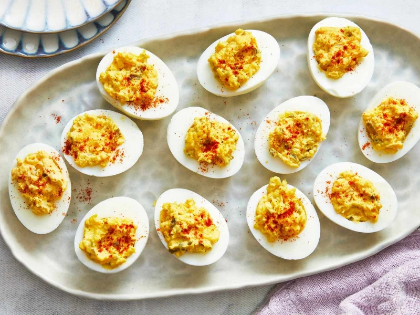
Do boiled eggs have health benefits?
06/17/2025

Do peaches prevent ageing?
07/20/2025
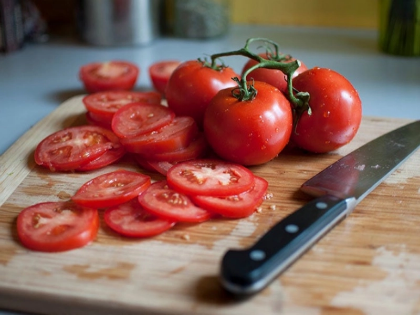
Can tomatoes boost your metabolism?
07/29/2025
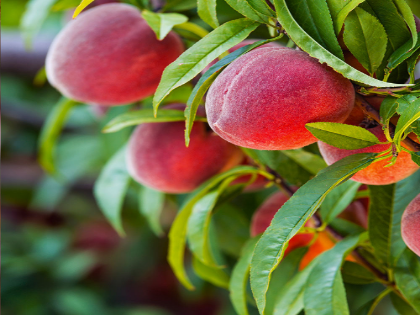
When Should I Eat Peaches?
08/28/2025
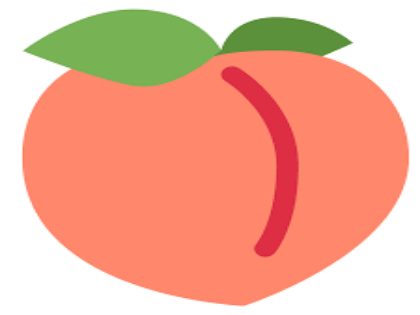
Do peaches benefit the kidneys?
06/12/2025
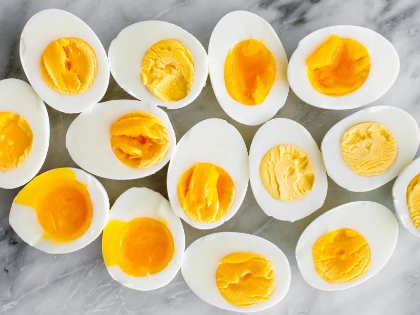
Is 2 Eggs a Day Too Much Cholesterol?
08/11/2025

Can a peach help you lose weight?
08/25/2025

What Can't Hamsters Eat?
08/09/2025

Do hamsters enjoy silence?
08/21/2025

What Not to Do With Hamster
08/07/2025
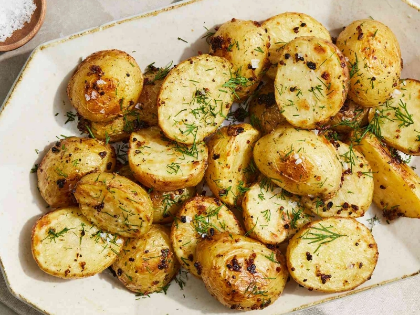
Are Potatoes Bad For Cholesterol?
08/03/2025
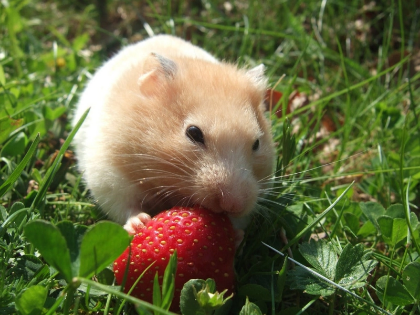
Hamsters Can Be Noisy at Night, But There Are Ways to Minimize the Racket
06/26/2025
Comments
KineticHarbor · 07/17/2025
A quiet systems lens.
DuneNavigator · 06/13/2025
Mitigates fragmentation pressure.